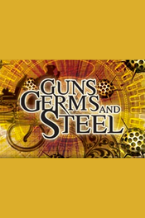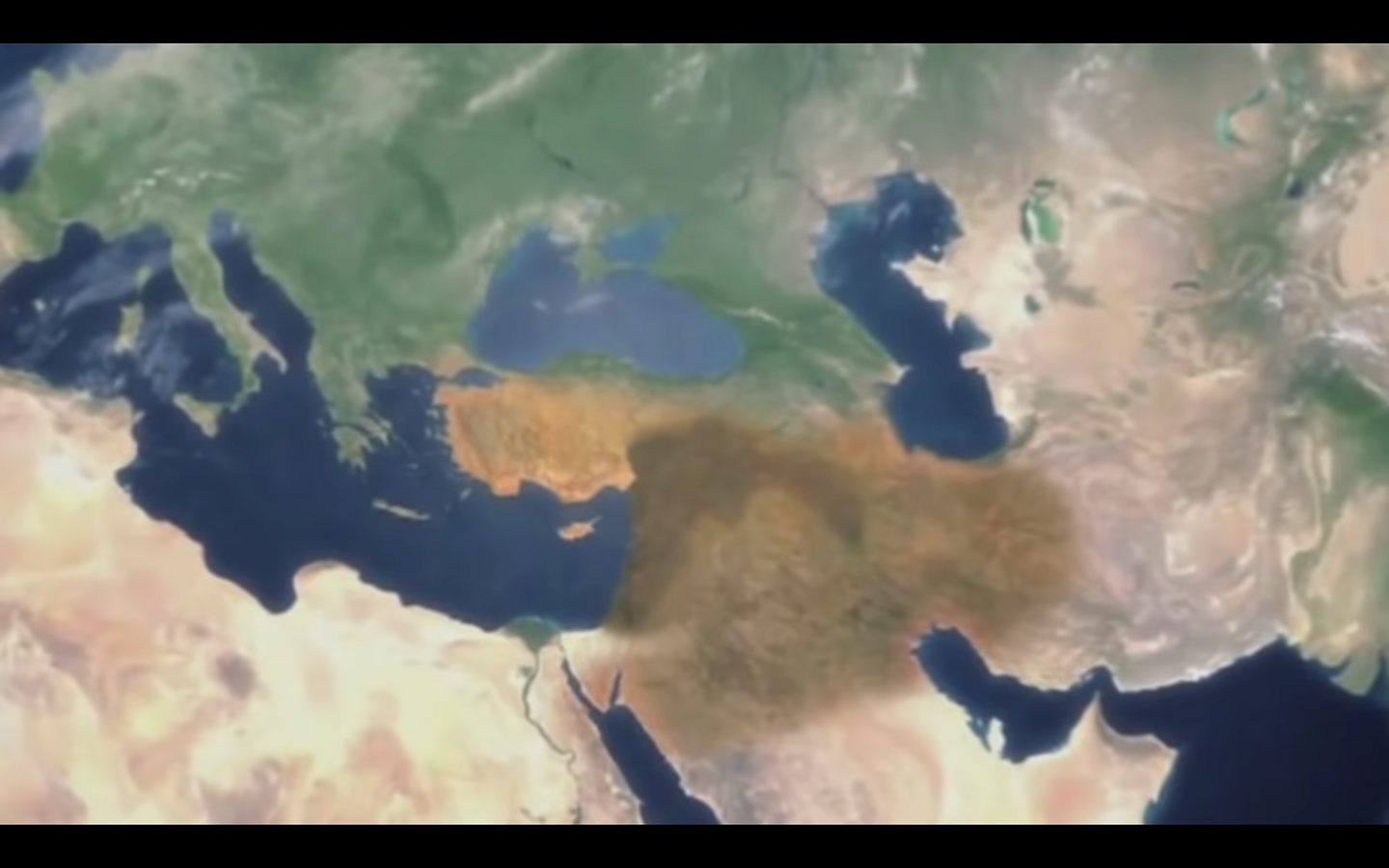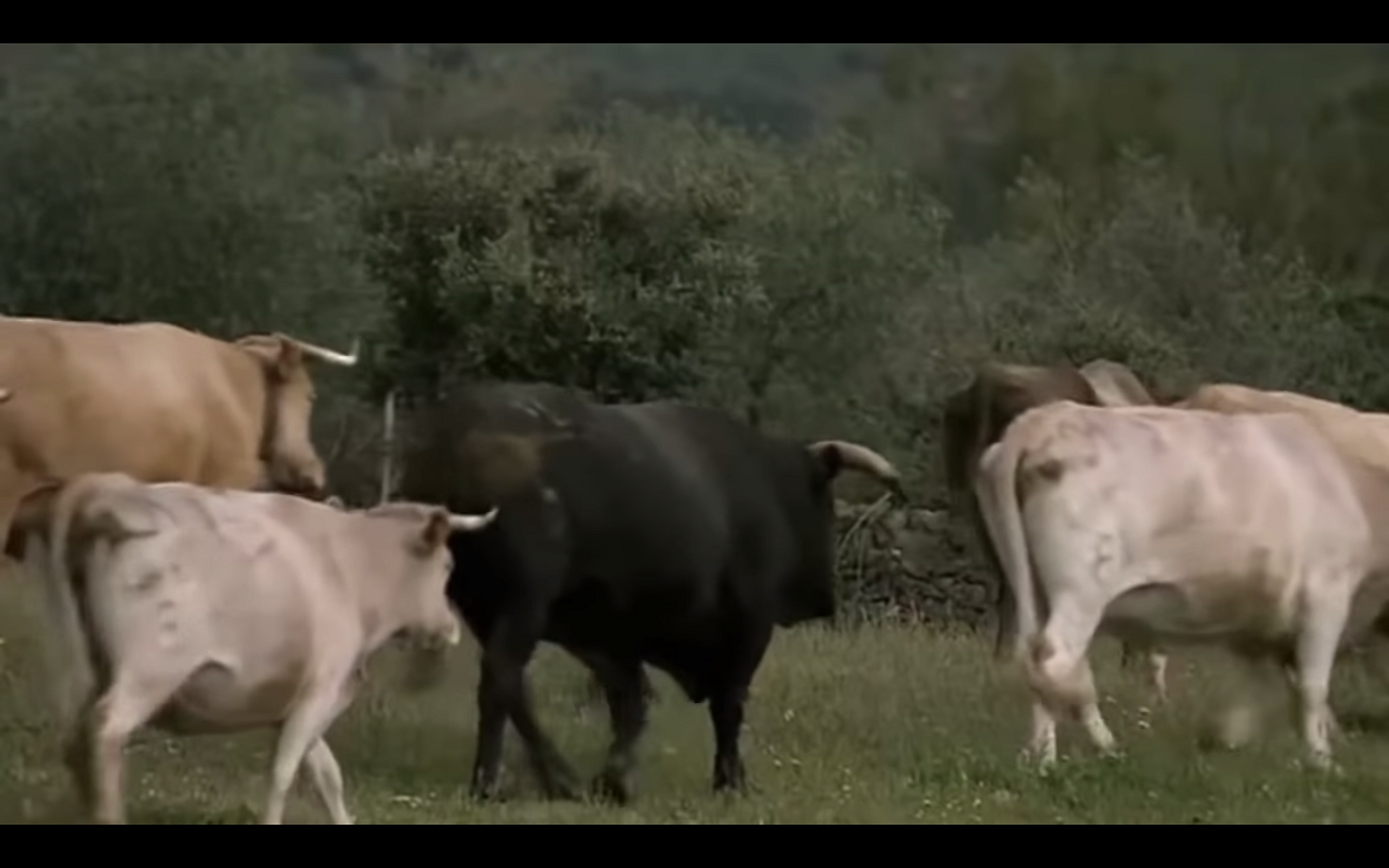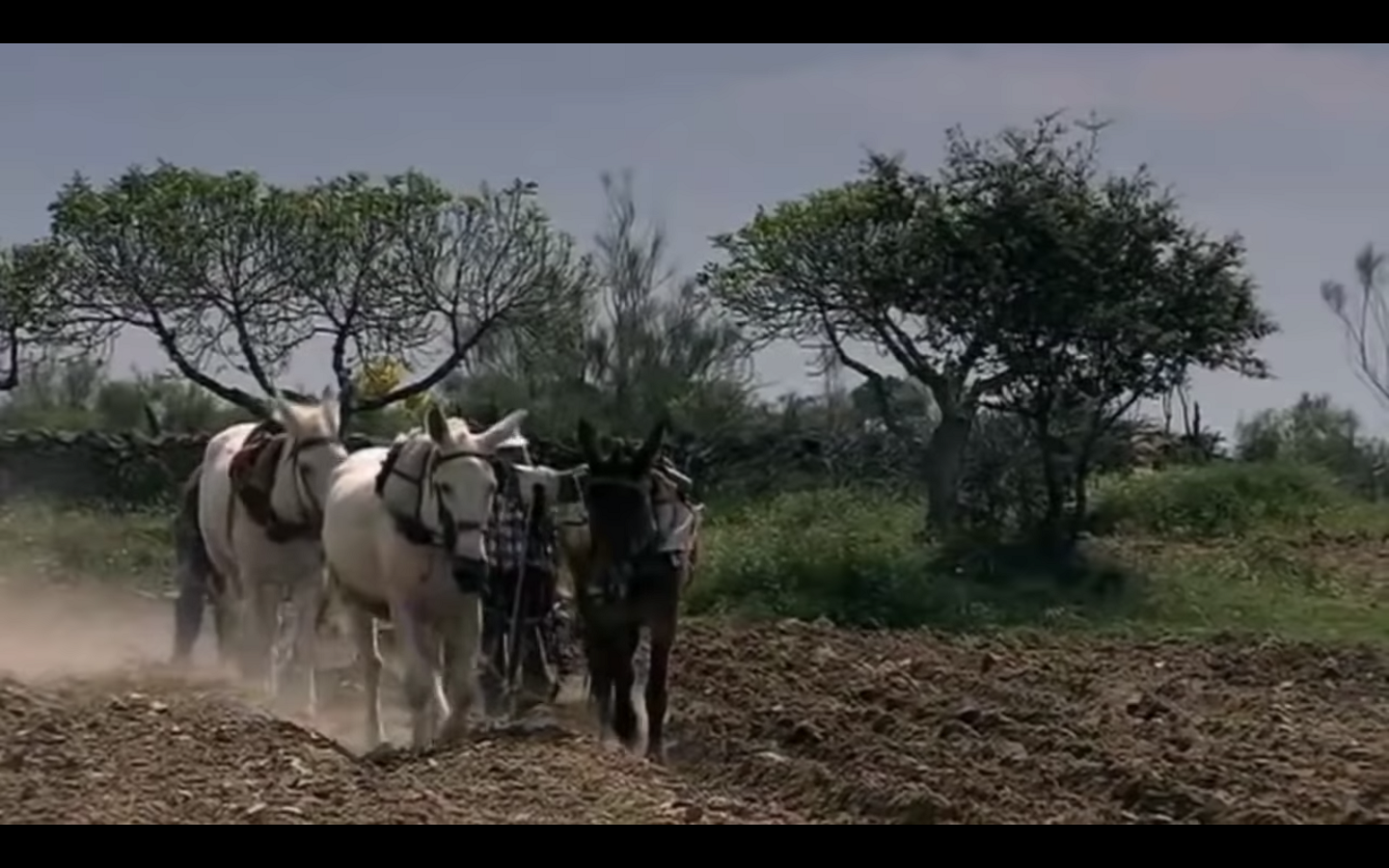Covid-19 Pandemic Assignments, Projects, and Activities
Many of the discussion questions are excellent essay topics.
[The following questions can be posed as class discussion questions or research questions for one-page essays or lists. They can be given to individual students or to small groups of students to research together and report to the class. Students should be required to provide at least two reliable sources from the Internet for their responses.]
1. What are the similarities and differences between influenza – one of the European introduced diseases that devastated the indigenous populations of the Americas — and Covid-19. [The question can be expanded by substituting any of the following for the first disease mentioned: smallpox, bubonic plague, chickenpox, cholera, the common cold, diphtheria, malaria, measles, and scarlet fever.]
2. What are some peoples, other than the indigenous Americans and the Koi-Sahn, who were devastated by European-introduced disease. [For teachers: the aborigines of Australia, Polynesians]
3. What are the similarities and differences between the way the U.S. fought the 1917-1918 influenza pandemic and the way that the U.S. is fighting the Covid-19 pandemic.
4. What European induced diseases afflicted indigenous people in the Americas? [For teachers: smallpox, bubonic plague, chickenpox, cholera, the common cold, diphtheria, influenza, malaria, measles, scarlet fever, sexually transmitted diseases (other than syphilis), typhoid, typhus, tuberculosis, and pertussis]
5. What zoonotic infections other than Covid-19 have emerged in the world in the last 100 years: What was their fatality rate, their R-Naught, and total death toll? [For teachers: these include various forms of influenza, SARS, and MERS.]
6. Why are bats thought to be a source of zoonotic infections? [One page]
7. List at least five zoonotic diseases that can be deadly to human beings. [One page] [For teachers: these include anthrax, rabies, smallpox, typhus, Lassa fever, Ebola, salmonella, West Nile fever, and influenza]
Assignments, Projects, and Activities Relating to Perspectives on Guns, Germs and Steel, Including Critiques
See Discussion Questions for essay topics.
8. Dr. Diamond’s theory is that geography determines which societies can develop the strength to conquer other societies. And certainly, the technology and resistance to zoonotic diseases that he describes were keys in the ability of European societies to conquer other peoples. However, some scientists and economists have identified other factors of European civilization that fostered the technology and ability to establish colonial empires. Research some of those.
Ideas for responses: The Wikipedia article on Diamond’s work contains the following paragraph:
John Brätland, an Austrian school economist of the U.S. Department of the Interior, complained in a Journal of Libertarian Studies article that Guns, Germs, and Steel entirely neglects individual action, concentrating solely on the centralized state; fails to understand how societies form (assessing that societies do not exist or form without a strong government); and ignores various economical institutions, such as monetary exchange that would allow societies to “rationally reckon scarcities and the value of actions required to replace what is depleted through human use”. Instead, [Mr. Brätland] concludes that because there was no sophisticated division of labor, private property rights, and monetary exchange, societies like that on Easter Island could never progress from the nomadic stage to a complex society. Those factors, according to Brätland, are crucial, and at the same time neglected by Diamond. https://en.wikipedia.org/wiki/Guns,_Germs,_and_Steel#Success_and_failure Accessed on May 5, 2020, citing John Brätland. “An Austrian Reexamination of Recent Thoughts on the Rise and Collapse of Societies” (PDF). Mises.org. Archived (PDF) from the original on January 10, 2017.
9. Write a paper describing the severity and effects of three past pandemics: the 1918/1919 Influenza Pandemic, the “the Black Death” of 1347 to 1351; and the smallpox outbreak among Native Americans after the Europeans first crossed the Atlantic.








